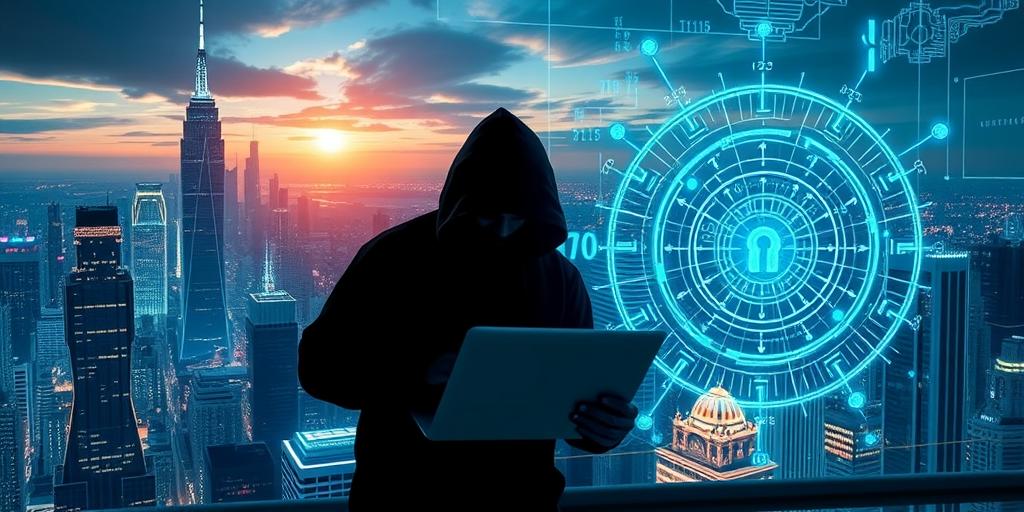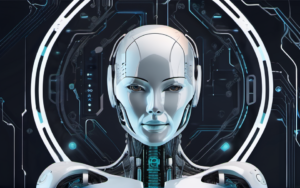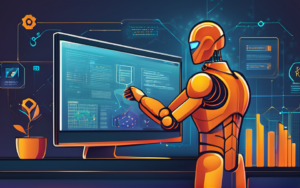The emergence of quantum computing has ignited a wave of excitement and concern across various industries, with cybersecurity being no exception. While this groundbreaking technology promises to revolutionize fields like medicine, materials science, and artificial intelligence, it also presents unprecedented challenges for our digital defenses.
Quantum Computing: A Game Changer for Cybersecurity?
Quantum computers operate on principles of quantum mechanics, enabling them to perform calculations exponentially faster than traditional computers. This power has the potential to disrupt established cybersecurity practices, particularly in the realm of cryptography.
The Power of Quantum Computing
At its core, quantum computing leverages the principles of superposition and entanglement to perform calculations that are impossible for classical computers. Superposition allows quantum bits (qubits) to exist in multiple states simultaneously, while entanglement links qubits together, allowing them to share information instantaneously, regardless of distance. This unlocks a new level of computational power, enabling quantum computers to tackle complex problems that are currently beyond the reach of classical computers.
Quantum Computing’s Impact on Cryptography
One of the most significant implications of quantum computing is its potential to break modern encryption algorithms. Many widely used encryption methods rely on the computational difficulty of factoring large numbers or solving discrete logarithms, problems that are considered practically impossible for classical computers. However, quantum computers, armed with algorithms like Shor’s algorithm, could potentially solve these problems in a reasonable amount of time, effectively rendering current encryption methods obsolete.
Breaking Public-Key Encryption
Public-key cryptography, a cornerstone of modern cybersecurity, relies on the difficulty of factoring large numbers to secure communication. This method uses a pair of keys: a public key for encryption and a private key for decryption. While the public key can be freely shared, the private key must be kept secret. However, quantum computers could potentially crack public-key encryption by factoring large numbers with relative ease, compromising the security of sensitive information.
The Rise of Post-Quantum Cryptography
Recognizing the potential threat posed by quantum computers, the cybersecurity community is actively developing and researching new encryption methods that are resistant to quantum attacks. This field, known as post-quantum cryptography (PQC), explores alternative algorithms that are believed to be secure against quantum attacks. PQC algorithms rely on different mathematical problems, such as lattice-based cryptography, code-based cryptography, and multivariate cryptography, which are thought to be intractable even for quantum computers.
Beyond Cryptography: Quantum Computing’s Potential in Cybersecurity
While the impact on cryptography is significant, quantum computing has the potential to enhance cybersecurity in other ways as well. It can be used to develop novel security solutions and improve existing practices:
Enhanced Threat Detection and Analysis
Quantum computers can analyze massive datasets and identify patterns that are difficult or impossible for classical computers to detect. This capability can be used to improve threat intelligence, detect malicious activity in real time, and predict potential attacks.
Improved Security Auditing and Vulnerability Assessment
Quantum algorithms can be used to perform more efficient and thorough security audits, identifying vulnerabilities that might have been missed by traditional methods. This can help organizations better understand their security posture and address potential weaknesses before they are exploited.
Advanced Malware Detection and Response
Quantum computing can contribute to the development of advanced malware detection systems capable of identifying and analyzing new and evolving threats. This could enable faster and more effective response to malware attacks, reducing the impact on affected systems.
The Cybersecurity Landscape in the Quantum Era
The advent of quantum computing marks a significant shift in the cybersecurity landscape, requiring proactive measures to mitigate potential risks.
Preparing for the Quantum Threat
Organizations must start preparing for the quantum threat now. This includes:
Adopting Post-Quantum Cryptography
Investing in research and development of PQC solutions and implementing these algorithms in critical systems is crucial. This will ensure continued security in the face of quantum-powered attacks.
Investing in Quantum-Resistant Security Solutions
Investing in quantum-resistant security solutions is essential. This includes exploring new hardware and software solutions designed to be resilient against quantum threats.
The Role of Collaboration and Standardization
Collaboration among governments, researchers, and cybersecurity professionals is crucial to address the challenges posed by quantum computing. Developing global standards for PQC and coordinating efforts to secure critical infrastructure is vital to ensure a secure digital future.
The Future of Cybersecurity in a Quantum World
While quantum computing poses significant challenges, it also offers unprecedented opportunities to strengthen cybersecurity. The development of new quantum-resistant algorithms, the use of quantum computing for enhanced threat detection, and the creation of innovative security solutions will all play a vital role in shaping the future of cybersecurity in a quantum world.
Embracing the Quantum Revolution in Cybersecurity
The arrival of quantum computing is a transformative moment in the history of cybersecurity. By embracing the challenges and opportunities it presents, we can pave the way for a more secure digital future. The key is to proactively adopt new technologies and practices, investing in research, development, and collaboration to ensure that our defenses remain strong in the face of this exciting and potentially disruptive technology.




